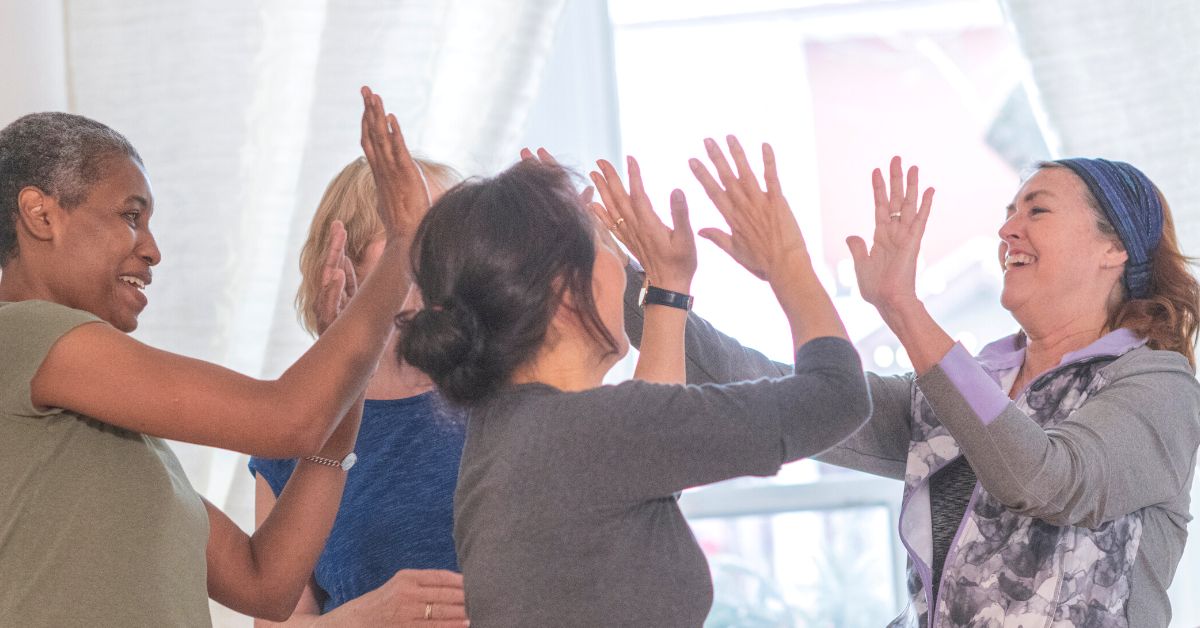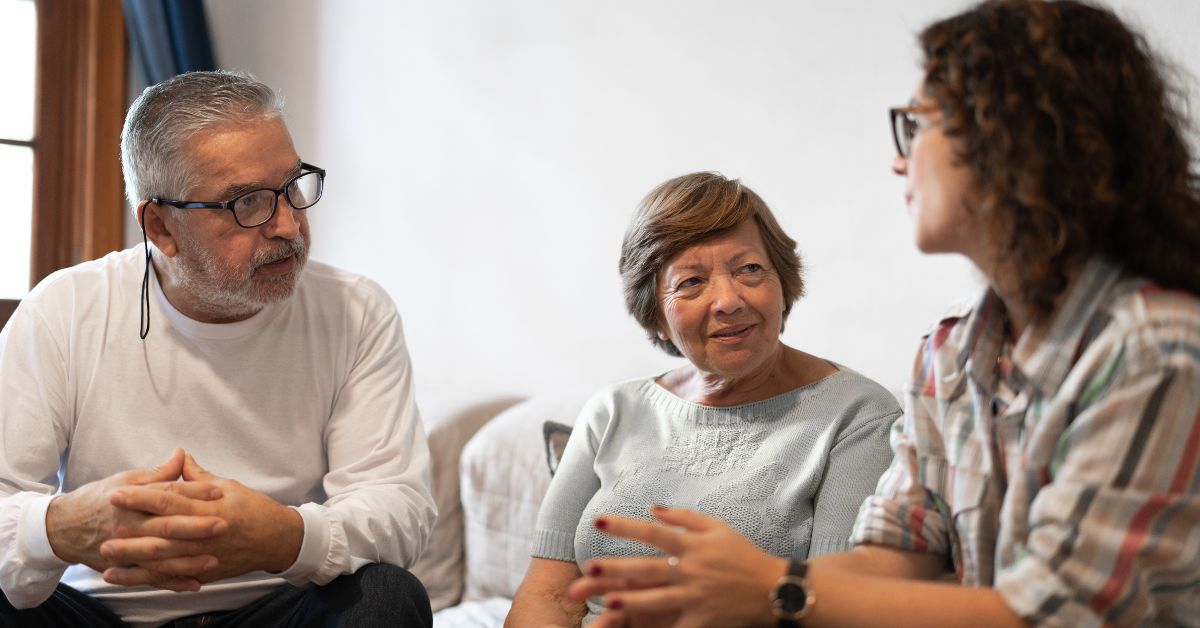Listen to this episode of the Focus with Marlene Podcast:
Get caught up with all episodes in the Developing a New Focus series.
As a young mother, I attended a Bible study group of women from all faiths and denominations. Listening to the women talk about their prayer life, I felt inadequate in my own.
I asked myself, How do I establish a meaningful prayer life?
Every day, I sent heavenward a constant stream of doubts and concerns as I chased after an ADHD son, tried to meet the needs of my daughter while helping my physically handicapped son learn to walk.
When I “prayed,” it was with the formality of praying to a stern father who listened only when you had cleaned up your act.
I understood and believed in grace, but that meaning hadn’t sunk in yet. To me, God felt like a puritanical God who expected and demanded a “right spirit within me” before I could approach Him.
Years later, after gaining a little more wisdom, I realized that all those times when I prayed the right words of petition, praise and worship, I was trying to live up to a standard imposed by man.
God heard my prayers, but I didn’t experience God in the way I so desperately wanted because I believed He cared more about perfection than the person. My “real” prayers were the constant stream of petitions, doubts and concerns and thanks as I struggled through my days.
Throughout the Bible we read the prayers offered up to God – prayers of pleading, complaint, confession, and blessing. The people of the Old Testament prayed for strength and endurance. We read the prayers of Abraham, Moses, Hannah, David, Elijah, Nehemiah, Daniel, and Jeremiah, to name just a few.
Old Testament people talked to God anytime and anywhere about anything and everything, using everyday language.
And yet, how seldom do we “talk” to God. We struggle to find the appropriate words to express our concerns.
So, what is this thing called “prayer”?
Prayer is a conversation. It is developing an intimate relationship with God. He is the ultimate Father and friend. As Jesus taught us to pray, “Our Father, who art in heaven.” While God is not to be taken frivolously or lightly, neither is He cold and aloof. He is our Heavenly Father.
Prayer is a relationship – an ongoing open dialogue between God and us.
Prayer is reverently acknowledging that He is Almighty God and humbly giving thanks for all the blessings in our life.
Prayer is studying, meditating and simply ‘being” with God, listening quietly for that small, quiet voice deep within us.
Prayer is becoming honest with ourselves before a God whose love will transform rather than destroy us. It is there we find peace and hope.
God graciously allows us to be real and free to be ourselves when we come to Him. In prayer we can bring our tears, frustrations, anxieties, doubt, anger, grief, and depression to Him along with our joy, humility, awe, thankfulness, and praise.
Prayer heals our wounds, gives us strength, and helps us gain a servant’s heart. It is where we find that “peace that passes all understanding.”
Thank you, God, that you hear and answer our prayers.
Our Father, who art in Heaven, hallowed be thy name; thy kingdom come; thy will be done on earth as it is in heaven. Give us this day our daily bread; and forgive us our trespasses as we forgive them that trespass against us; and lead us not into temptation, but deliver us from evil. For thine is the kingdom, and the power, and the glory, forever and ever. Amen.
Lord, teach us to pray.
Teach us how to be real. Teach us how to be free to run and experience you as a child, as our father. Teach us how-to live in accordance with you.
“Come,” He says. Come honestly. Come as a child. You can even come as a hardened adult, but at some point you will want to check your baggage at the door, for your sake, not His. Just come. You will never be able to prepare yourself or be good enough. God is bigger than you think.
“Come unto me, all ye that labor who are heavy laden, and I will give you rest.”
—Matthew 11:28-29, KJV
That means you.
That means me.
His love doesn’t depend on our feelings, state of being, sacrifices, or anything. His love is a free gift to each of us.
Come.
Come as a child or hardened adult.
Come as a doubting Thomas or a killer with blood on your hands or heart. Come as a thief who has stolen lifeblood from another.
Come broken-hearted. Come rejoicing.
Just come as you are – dirty – doubting – bleeding – beat up – defiant – arrogant – cynical – self-righteous – self-centered – proud – humble – faithless – faithful.
He will give you a spiritual bath and transform your life. He will kill the fatted calf and make a feast for you. He welcomes you with open arms as you bring awareness of your need – even if that is buried under the grossest garbage of this world.
If you enjoyed this post, share it with your friends.
Subscribe today to receive a notice in your inbox about each week’s new blog post and podcast episode: http://eepurl.com/baaiQ1
To receive a free 15-minute consultation to help you create a personal plan of action, email me.
I am also available for speaking engagements, retreats or teaching workshops for your church, clubs, or women’s groups.















